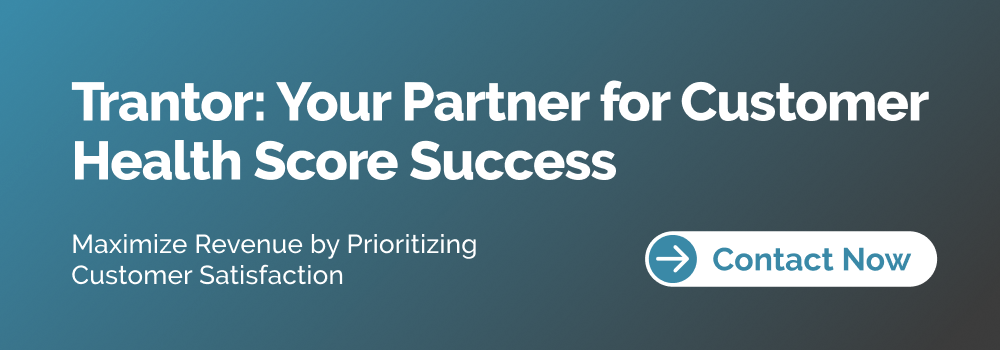
In today’s fiercely competitive market, achieving and sustaining customer retention and expansion is a top priority for driving revenue growth. One powerful tool that can significantly impact your strategy is the utilization of customer health scores. In this article, we’ll delve into the world of modernizing customer health scores, backed by real-life use cases that demonstrate their transformative potential.
Custom experience
- Customer health scores provide the data to answer a key question: What does your customer base look like right now?
- Well-designed customer dashboards reveal where a company excels in delivering value and areas needing improvement.
- Crucially, health scores identify customers at risk of churn, allowing proactive retention steps.
- According to Bain & Company, a 5% increase in retention can lead to a 25% profit increase. With average churn at 5.6% (Recurly), health scores are a potential game changer.
Customer Health Score Is More Than Just Adoption
- A common mistake is basing scores solely on product adoption and engagement. These are essential but don’t give the full picture.
- XFactor.io takes a holistic approach with qualitative and quantitative measures.
- Qualitatively, they gauge sentiment and engagement through metrics like meeting attendance, email responsiveness, and conversation quality.
- Quantitatively, they account for value realization by analyzing usage data and trends.
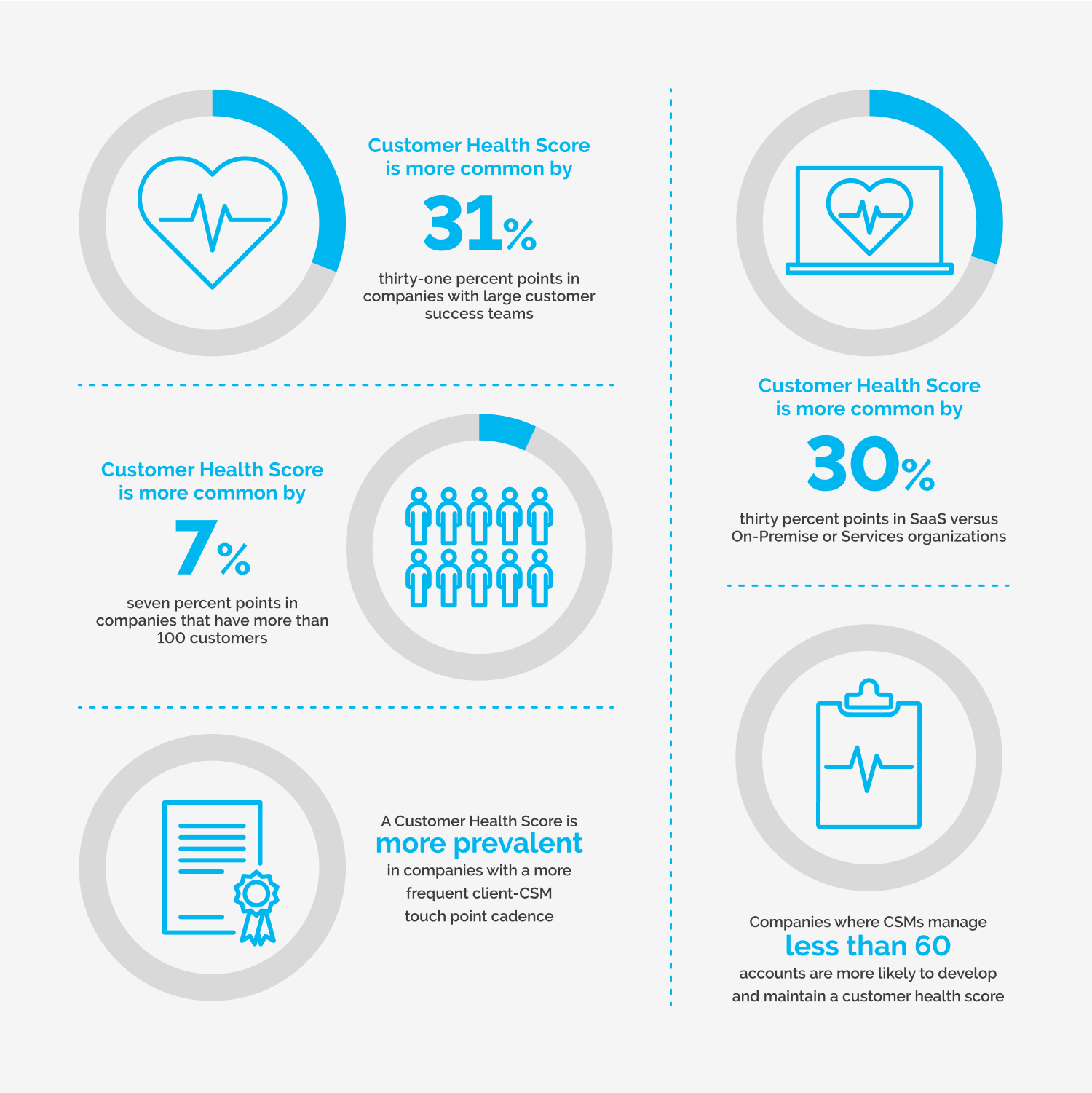
Empowering CSMs for Success
- Effective health scorecards guide CSMs in prioritizing daily customer interactions.
- For unresponsive low-scoring accounts, CSMs can proactively check in.
- High-scoring accounts may get customer education on unused features, representing upsell opportunities.
- Per Gartner, companies with dedicated CSM teams have 17% lower churn.
- CSM feedback maintains score accuracy and relevance based on real-world effectiveness.
The reason customer health score is so universally beneficial is that it is not a standardized metric. Instead, customer health score is a subjective consideration of the overall “health” of a customer account that is tailored to the specific needs of the individual business
Gainsight
Realizing the Benefits: XFactor.io’s Success Stories
- For XFactor.io, health scores had a profound impact.
- Targeted interventions for high-risk accounts showed improving health signs.
- Focusing on these accounts increased renewals by 20%.
- Detecting downward score trends led to productive collaboration between CSMs and product teams on UI improvements, preventing potential churn.
Getting Started with Health Scores
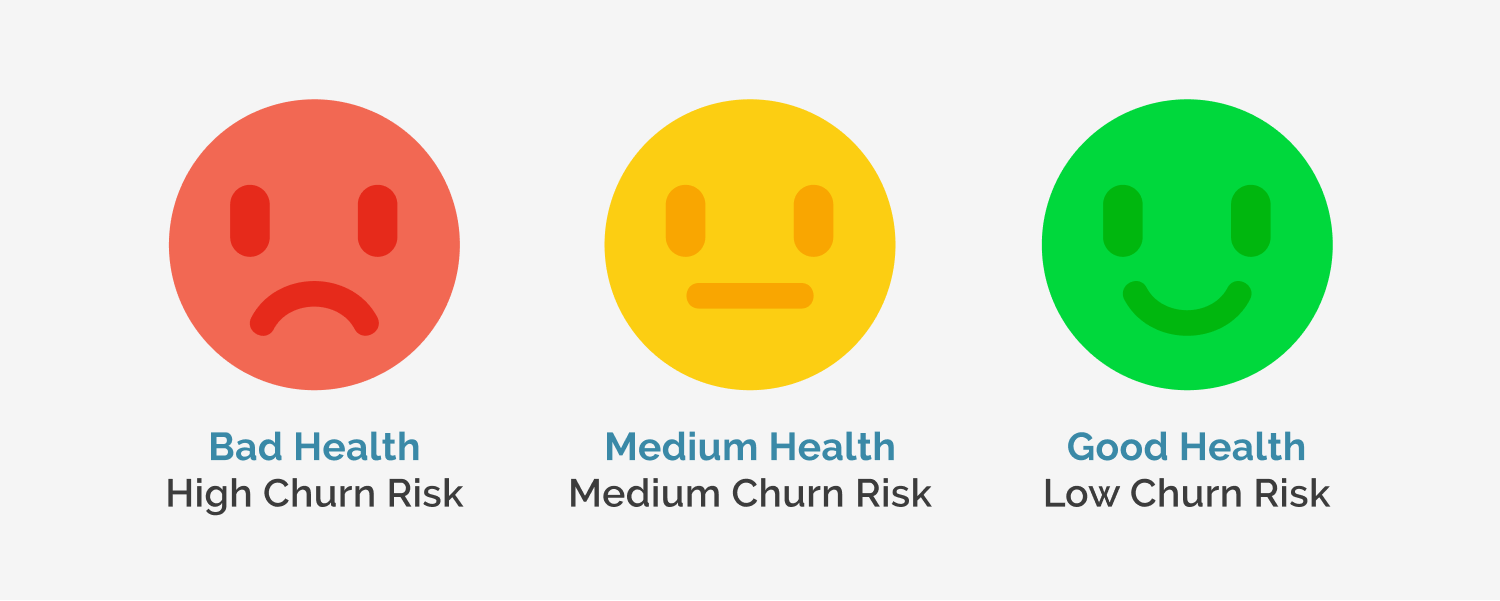
- Creating effective health scores requires customization – no one-size-fits-all.
- Revisit existing best practices and analyze historical data to spot trends and patterns to build your model.
- Refine metrics and weightings continuously as your business evolves. Health scores need to stay relevant.
- Make iteration a priority. Adapt health scores as objectives change.
- Involve cross-functional teams like Sales, Support, Product, and Finance to determine ideal factors.
- Focus on metrics tied to revenue and retention like NPS, product usage, and support tickets.
- Start simple. Add complexity over time. Complicated models can reduce user adoption.
- Proactively monitor usage and feedback. Adjust if scores aren’t triggering intended actions.
- Automate where possible through workflows tied to score thresholds.
Customer Health Score – Grade Scale
Customer health scores are assigned using a grade scale, similar to a color-coded system, but with more grades to provide finer detail. Unlike a color code, this grading system assesses customers based on various metrics.
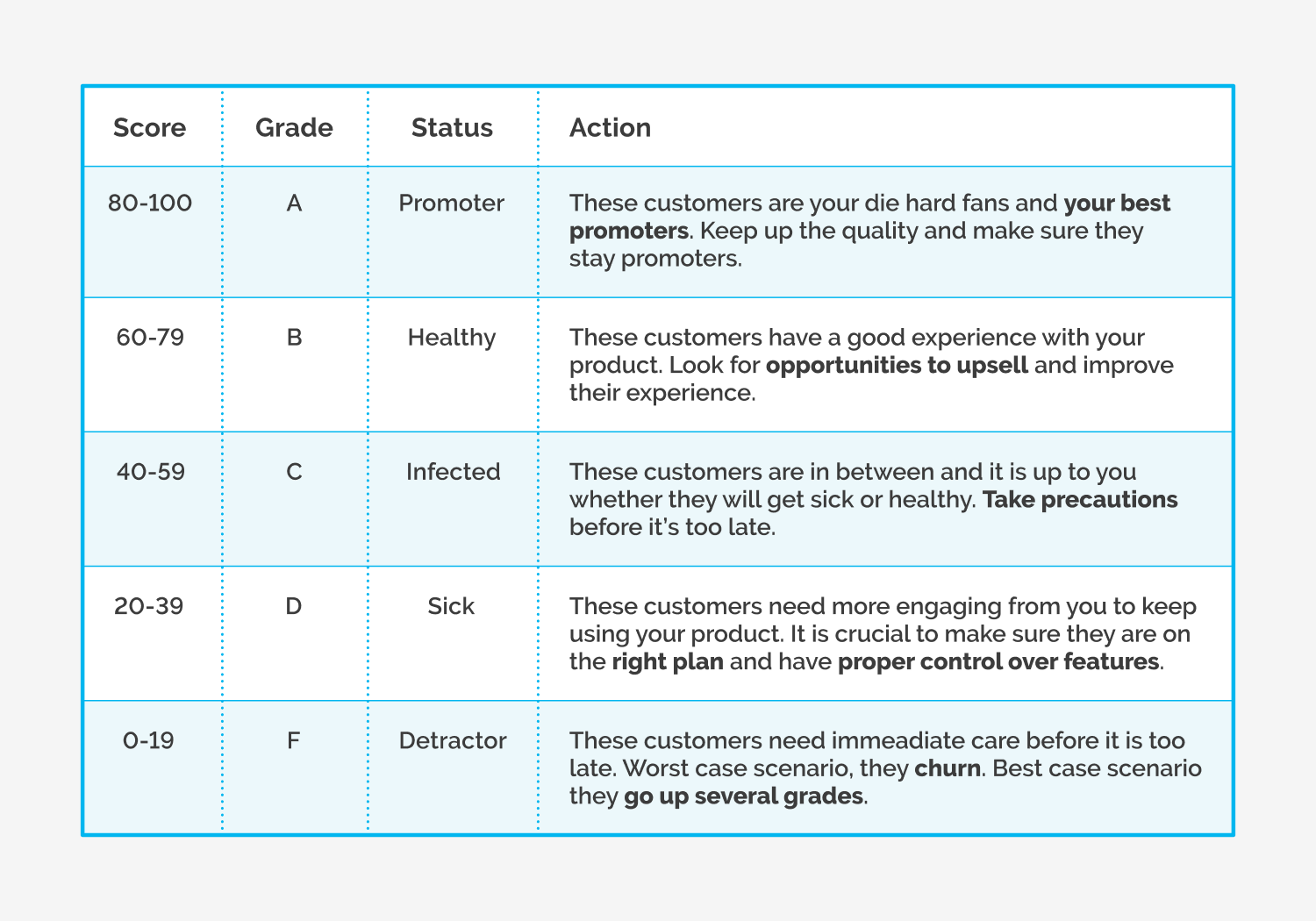
If you prefer this format for health scoring, you certainly wouldn’t want any of your customers to receive an “F” grade.
Bonus: A Template for Powerful Health Scores
If you’re looking to refresh your health scores and create scorecards that drive customer outcomes, consider utilizing a simple and effective template. This template can serve as a valuable resource in the process of modernizing your health scores, ultimately helping you achieve greater success in customer retention and expansion. Connect with our CS experts at Trantor to get the template and evaluate your CS health scores.
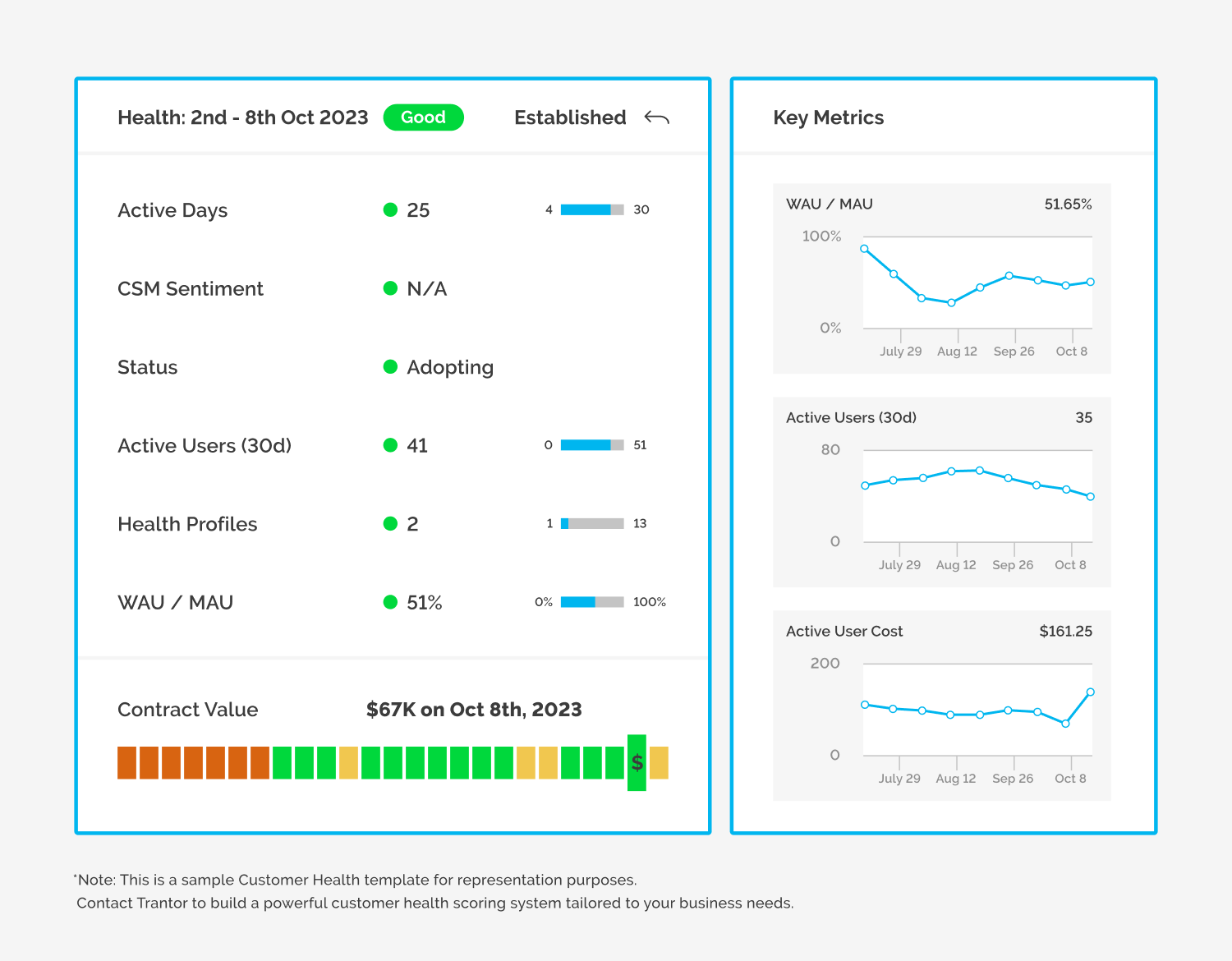
In conclusion, modernizing customer health scores is a strategic imperative in today’s business landscape. Real-life success stories, such as those from XFactor.io, demonstrate the tangible benefits of a well-implemented health scoring system. By adopting a holistic approach, empowering your CSMs, and continuously refining your scorecards, you can harness the full potential of customer health scores to drive revenue growth and ensure customer success.
